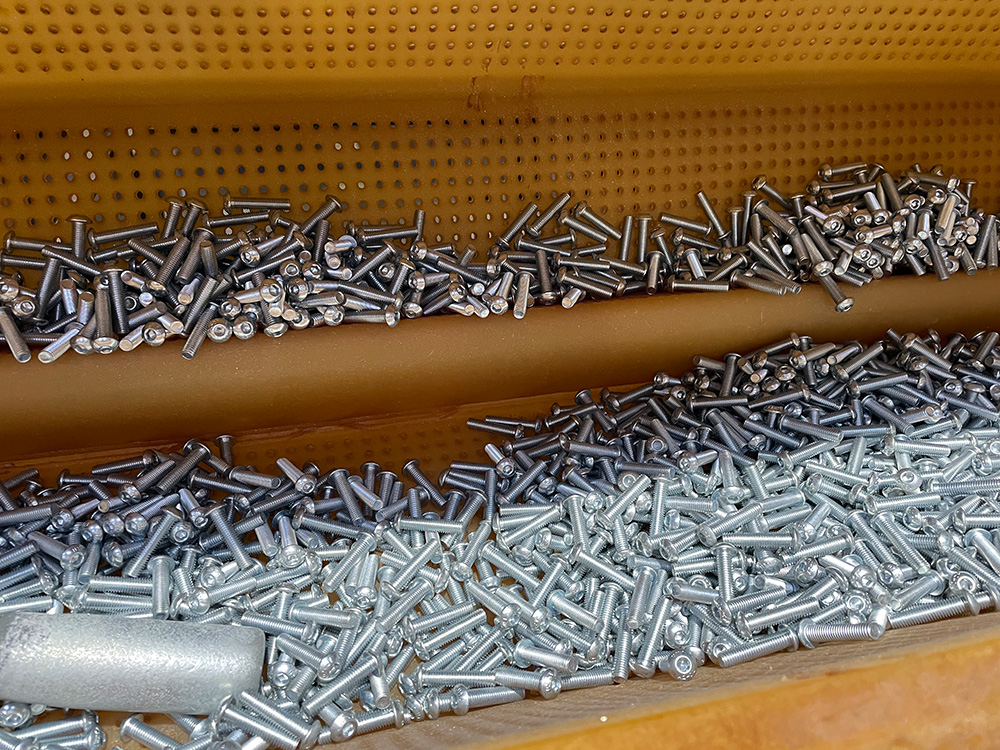
When stainless steel meets steel screws, contact corrosion is programmed: The more noble metal attacks the “less noble” one. Prior galvanizing of the stainless steel provides a remedy, but is not entirely simple: the galvanic process is not suitable for all stainless steels, and there is also often a lack of adhesion. OTH Hagen now also provides a reliable solution for the electrolytic galvanizing of stainless steel: The surface specialist applies an intermediate layer of nickel. And thus achieves a significantly stronger adhesion of the metals.
The new process variant requires a precise and well thought-out procedure: “We first apply the nickel from a specially adapted electrolyte, and only then does the zinc coating follow. It is important that the nickel does not become passive before the zinc bath,” explains OTH Managing Director Udo Gensowski.
The surface specialists also adjust the specific process parameters of the zinc bath. For the optimized stainless steel galvanizing process, the technology also received an update: “We supplemented our zinc barrel line and integrated the process sequence into the existing line with a powerful control system,” says Gensowski.
High benefit: many applications profit
The galvanizing of stainless steel has long been an issue at OTH Hagen. This makes the benefits of the novel process all the greater. For example, customers require non-corroding stainless steel screws for steel scaffolding. There are also numerous applications in appliance manufacturing and the automotive sector which will benefit in the future from stainless steel processed with nickel and zinc.
Web:
www.oth-hagen.de
